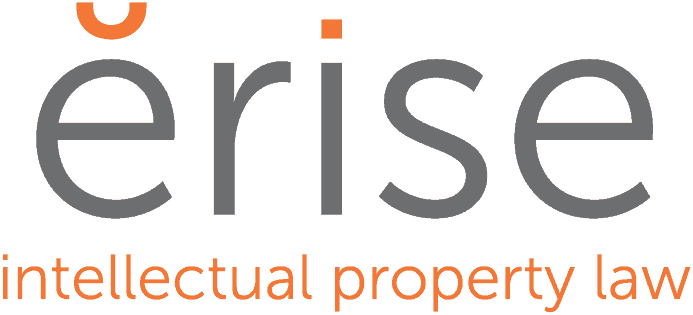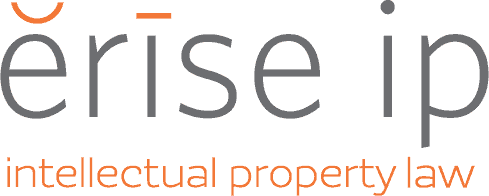While the United States Patent & Trademark office is experiencing an inordinately long backlog, U.S. companies seeking to protect their marks internationally are feeling the impact of the extended wait time, and particularly when it comes to filing considerations for international applications.
While the Madrid Protocol gives U.S. companies the streamlined option to file a single international trademark application and pay one set of fees to apply for protection in up to 129 countries, it has some drawbacks. International applications under Madrid can be filed at any time, but if they are filed within six months of a U.S. trademark application filing date, they receive a “priority claim” to the earlier U.S. filing date. In other words, they can receive the benefit of the first-filed U.S. application.
But because of a recent rash of filings from foreign entities, along with the COVID-19 pandemic and other factors, the average time until the USPTO’s first office action issuance has nearly tripled over the last two years, reaching 8.3 months in the final quarter of 2022. And here lies the quandary for applicants basing their foreign applications off a U.S. application.
In the past, an applicant would have received an initial office action from the USPTO within three months of the initial application filing, in most cases. But now, most applications won’t even receive an initial office action, let alone allowance, before the six-month priority deadline. This means that, when that deadline comes up, an owner will be making a decision on Madrid or direct national filings without the benefit of feedback from the USPTO on the base application.
Why is this a risk?
Imagine this scenario: An applicant files a U.S. intent-to-use application on January 1 for their house mark covering a new mobile app that is being launched in two months. The six-month priority deadline comes up and the applicant files a Madrid Protocol application on May 30, designating the EU, UK, Mexico, and Brazil.
Because examination of the Madrid application may progress faster, the applicant believes things are going swimmingly as they receive notices of registration on its Madrid application. Then, nine months after filing and seven months after it launched its mobile app, the USPTO issues an initial office action, refusing registration and citing a registered mark that was not discovered prior to filing.
If the applicant is unable to overcome this refusal, it will lose the U.S. registration as well as the registrations and applications issued or pending under the Madrid Protocol application.
That’s a problem.
International applications under Madrid are tied to the base application, or, in this case, the initial U.S. application, meaning that if the home office refuses or cancels an application, it is also canceled in all the international entities.
If you have to wait for the USPTO to issue an initial office action on the base U.S. application, you will likely be outside the six-month priority window. You can still file your international application under Madrid after six months of your U.S. filing date, but you won’t receive the original U.S. priority date.
While the USPTO continues to try to clear its backlog, direct filings could be a safer option for international protection of your mark.
Advantages to direct filing
Each country’s IP office has unique rules regarding identifying goods and services. The primary advantage to the direct filing option is that if your U.S. application does not ultimately register, the foreign applications can still proceed.
This is particularly noteworthy where the U.S. applicant is facing a bit of risk with the U.S. application. For example, an applicant may have a somewhat descriptive mark that is refused registration in the U.S. but which registers elsewhere. Assuming there are not conflicting marks, the applicant can continue to use the descriptive mark in the U.S. and can try to refile for U.S. registration in the future once it has attained secondary meaning.
One of the advantages often cited when considering direct filings versus a Madrid filing is reduced fees. But if you need to hire representatives in other countries to resolve a dispute with the local trademark office as a result of your Madrid application, those cost savings might not be realized.
Also keep in mind that there are other efficiencies out there for direct filing. For example, you can file a direct application for trademark protection in all member states of the European Union through a single EU application. An online application with the EUIPO is 850 Euros and is filed in just one language. And that application can also be used as the base for a Madrid filing to register your marks in other countries, if this option is applicable to the owner.
Carrie Bader is the head of Erise’s trademark practice and counsels clients in all aspects of trademark prosecution, enforcement and litigation. She can be reached at carrie.bader@eriseip.com.

